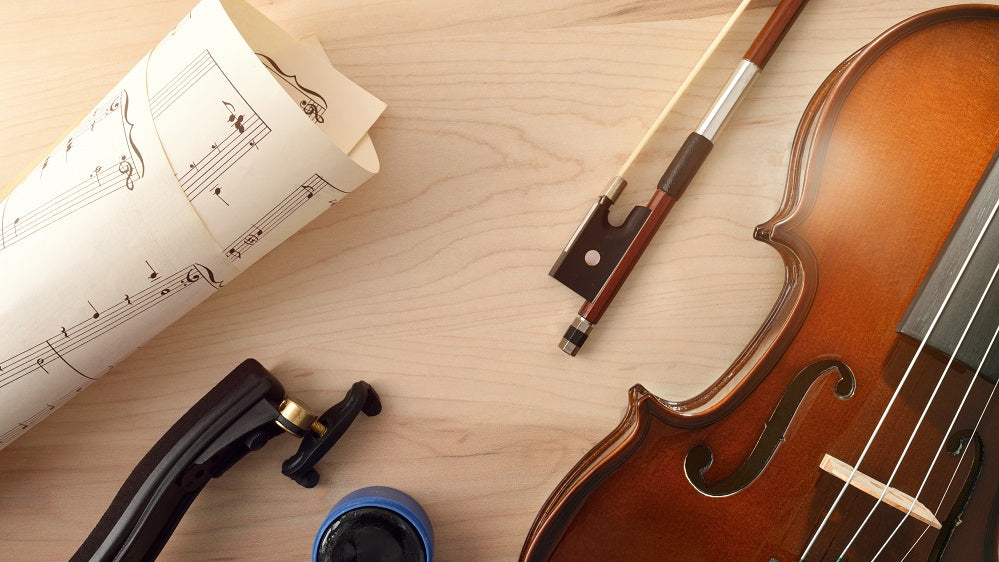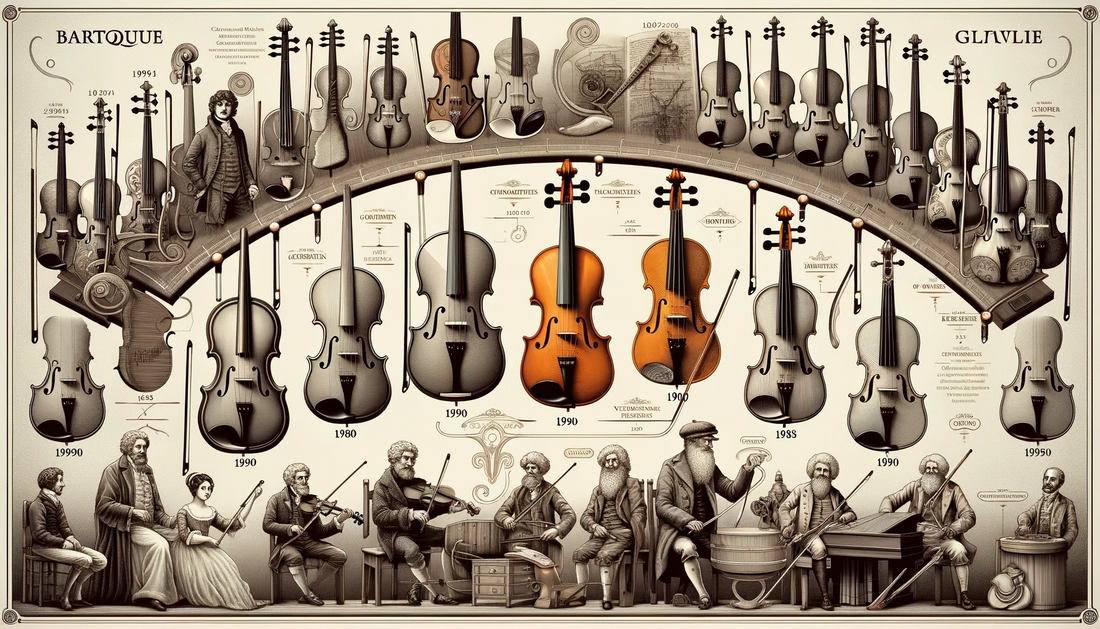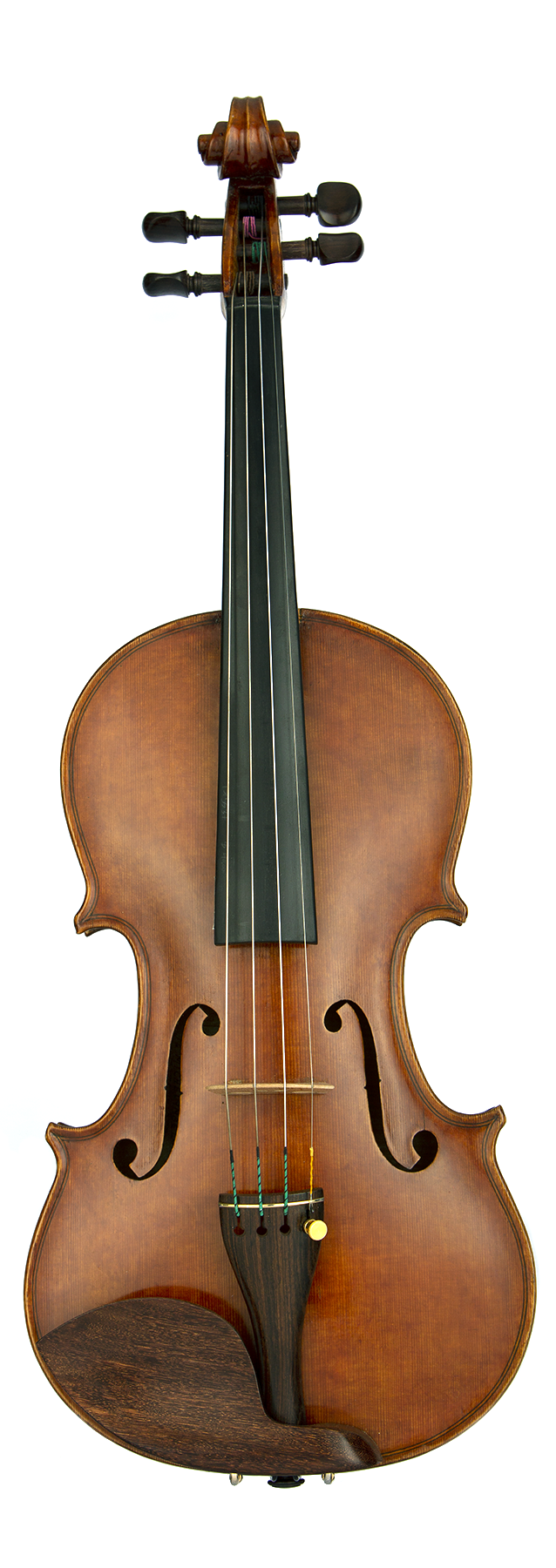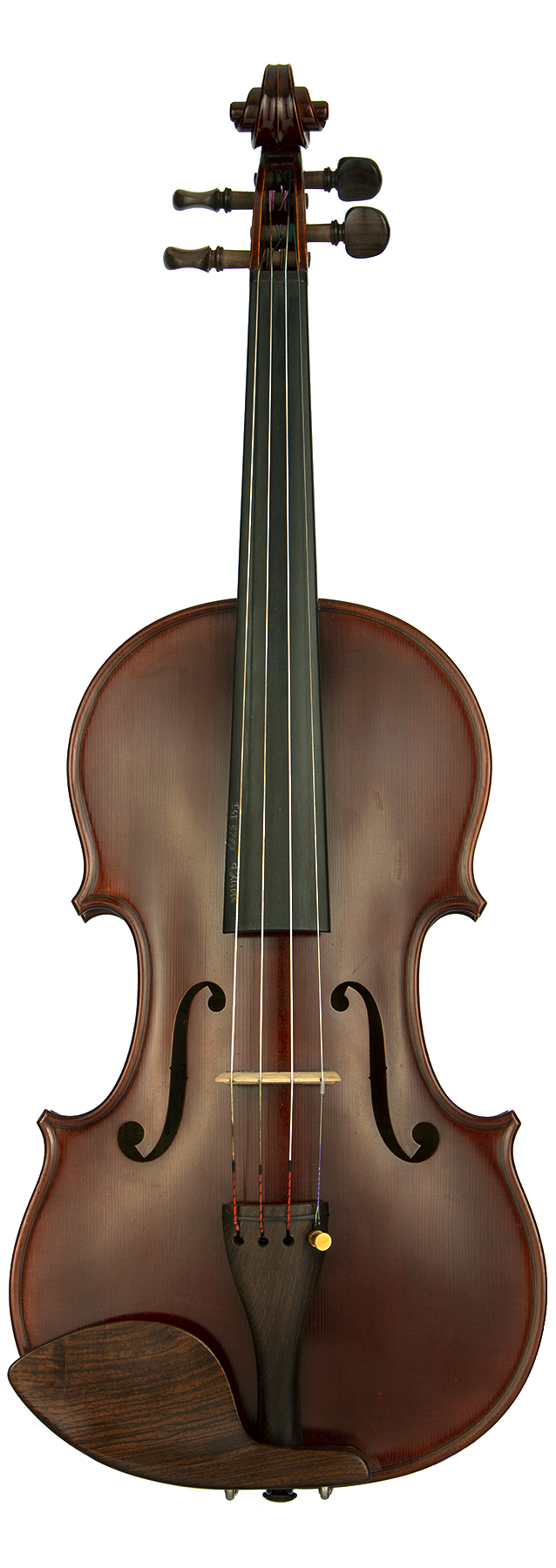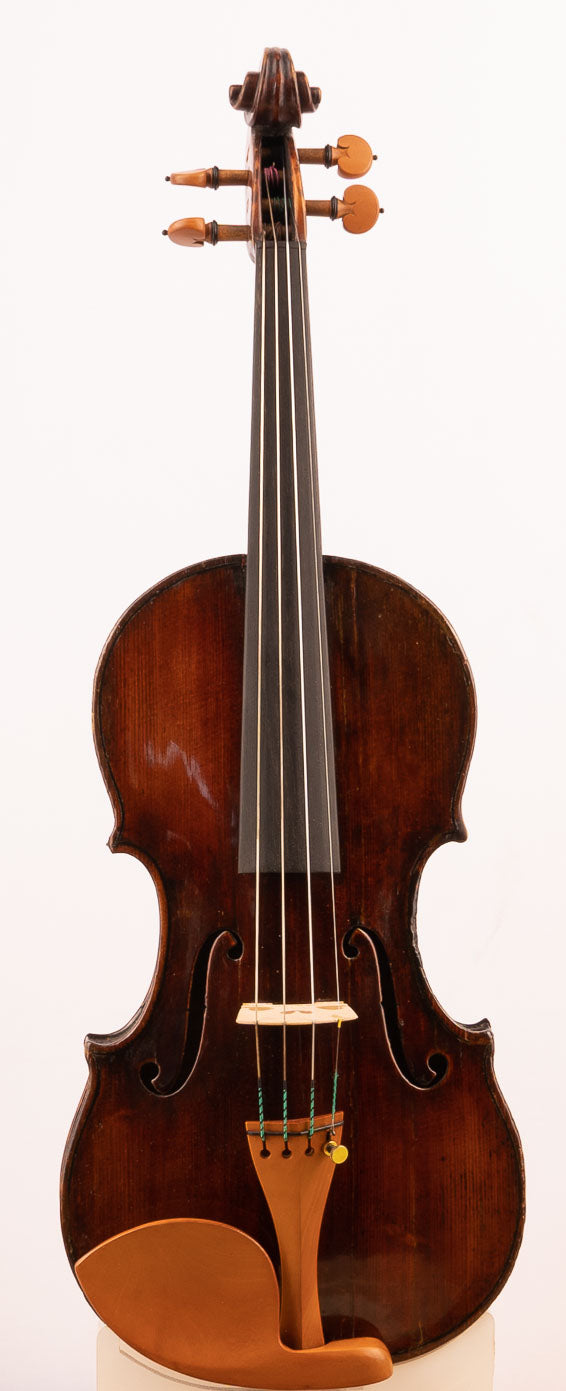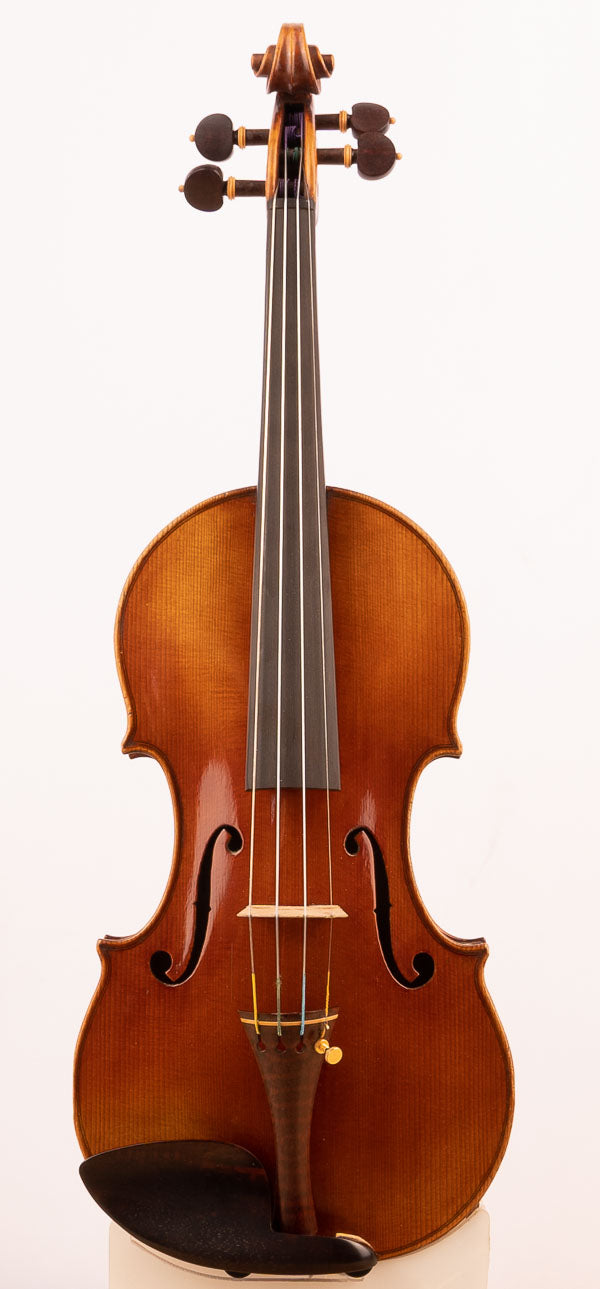The art of violin making is a narrative that transcends time, a journey through history that weaves together the evolution of culture, craftsmanship, and music. As a luthier, I have always been fascinated by this rich tapestry, where each thread represents an era, a maker, or a breakthrough that has shaped the world of violins as we know it today.
The Genesis of the Violin
The story begins in the early 16th century, a period bustling with artistic and musical experimentation. It was in Italy, the cradle of the Renaissance, where the violin's earliest ancestors, like the vielle and the rebec, began to evolve into what we now recognize as the violin. Luthiers of this era were not just craftsmen; they were artists, innovators, and often musicians themselves. They experimented with shapes, sizes, and materials, driven by a relentless pursuit of perfecting sound and playability.
One of the earliest and most influential centers of violin making was Cremona, Italy. Here, the Amati family, particularly Andrea and his grandson Nicolo, played a pivotal role in refining the design of the violin. Their contributions were not just technical; they were works of art that set the standard for beauty and sound quality. The Amatis passed their secrets and skills down through generations, laying the groundwork for what was to become a golden era of violin making.
The Golden Age of Violin Making
The 17th and 18th centuries marked the pinnacle of violin craftsmanship, an era that saw the rise of legendary luthiers like Antonio Stradivari and Giuseppe Guarneri. Stradivari, a name that resonates with unparalleled reverence in the violin world, was known for his relentless experimentation with proportions, varnish, and wood treatment. His instruments were not just musical tools; they were masterpieces of sound engineering, many of which have survived to this day, revered for their rich tone and aesthetic perfection.
Guarneri, often known as del Gesù, brought a different flavor to violin making. His violins, known for their robust and powerful sound, were often more idiosyncratic in design. This era was not just about individual luthiers but about a collective evolution in the understanding of acoustics, materials, and craftsmanship. It was a time when the violin's design was honed to near perfection, a template that modern luthiers still follow centuries later.
The Influence of the Masters
In my early days as a luthier, I remember being captivated by the stories of these masters. Their dedication, skill, and innovation were not just inspiring; they were guiding lights in my own journey. I spent countless hours studying their techniques, understanding the nuances of their work, and the profound impact they had on the art of violin making. Each violin I crafted was a homage to this rich legacy, an attempt to capture the essence of their timeless artistry.
The 19th and 20th centuries saw the spread of violin craftsmanship beyond Italy, with notable schools and makers emerging in France, Germany, and England. This period was marked by a blend of adherence to traditional techniques and the exploration of new methods and materials. It was also a time of industrialization, which brought changes in the production and distribution of violins. Despite these changes, the core principles of fine violin making - attention to detail, precision, and a deep understanding of wood and acoustics - remained unchanged.
Modern Innovations and Challenges
Today, the world of violin making is a beautiful blend of tradition and innovation. Modern luthiers are equipped with advanced tools and technologies, but the essence of crafting a violin remains rooted in the lessons from the past. We face new challenges, like sourcing sustainable materials and adapting to changing musical needs, but these are met with the same spirit of innovation that drove the early masters.
As a modern-day luthier, I see myself as a custodian of this rich history. Every piece of wood I carve, every instrument I craft, is a continuation of a story that began over five centuries ago. The history of violin craftsmanship is not just a timeline of events and names; it's a living tradition, an ongoing dialogue between the past and the present.
In Conclusion
The journey through the history of violin craftsmanship is a testament to human ingenuity and artistry. It's a story that resonates with the timeless pursuit of beauty and perfection in music. For those of us who have dedicated our lives to this craft, it's a source of endless inspiration and a reminder of the responsibility we carry. We are not just making violins; we are weaving the next chapter in a story that is as old as the Renaissance and as enduring as the instruments we create.
